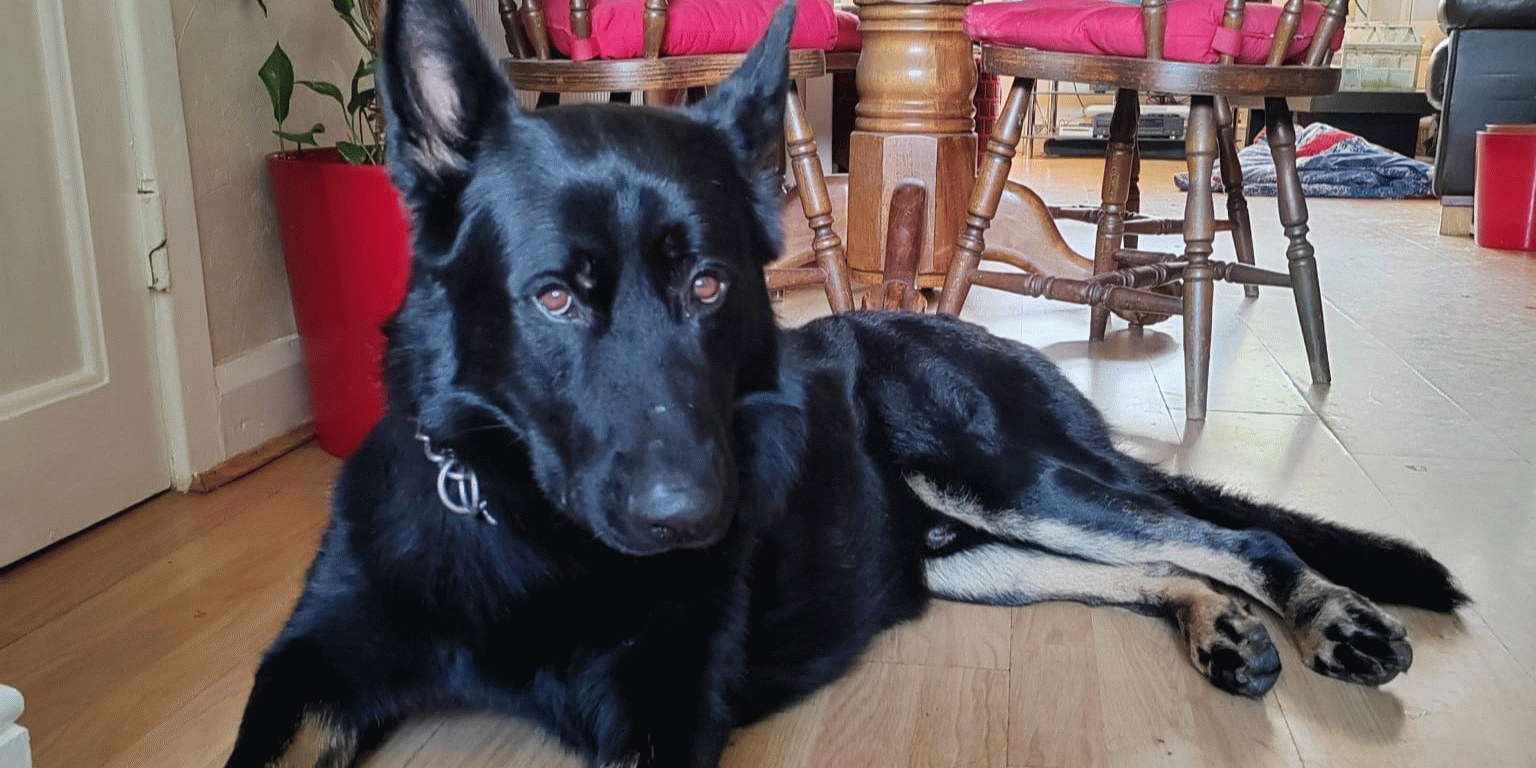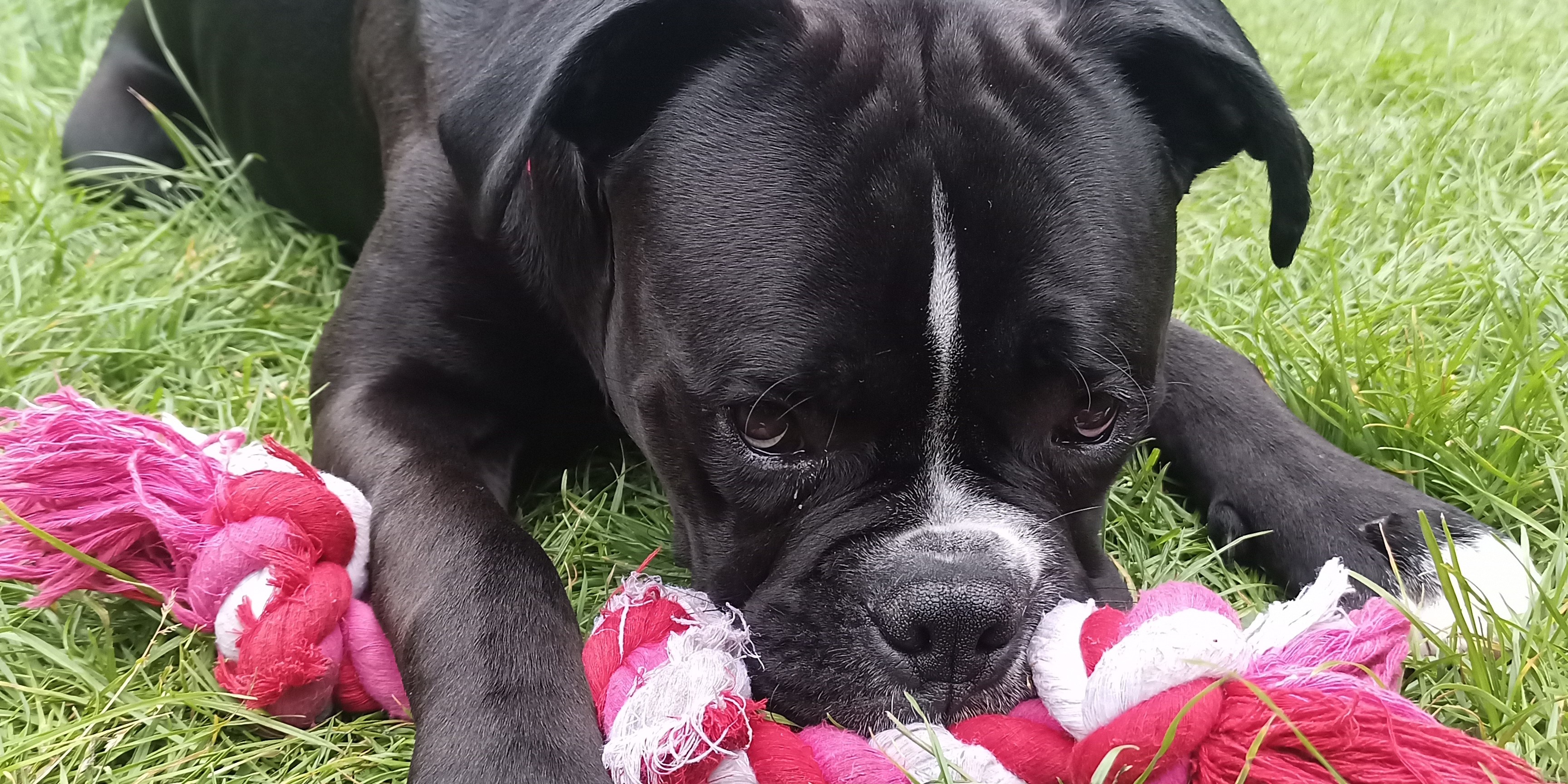
Woofs and Wags
Decoding the Language of Aggression in Dogs
Hello, dog aficionados! Picture this: slobbery kisses, wagging tails, and a whirlwind of joy—our furry companions have an uncanny knack for brightening our lives. But even the gentlest souls in the doggy world can sometimes unleash their inner growl, leaving us scratching our heads and wondering, "What's going on?"
At Pawsies, we're all about unravelling the mysteries of aggressive dog behaviour. It's not about pointing paws; it's about creating a safe and harmonious haven for both our four-legged pals and their human sidekicks. So, let's dive into the fascinating world of dog behaviour, understanding what makes them tick and learning how to handle aggression with a gentle and paw-positive touch!
Peeling Back the Layers of Aggression:
Aggression in dogs wears many faces, from a low growl to a full-blown bark-a-thon or the rare but alarming nip. Before we label our furry friends as "bad dogs," let's recognise that aggression is often their way of saying, "Hey, something's not quite right here." The first step? Uncovering the triggers and root causes.
The Whys and Whats of Dog Aggression:
Aggressive behaviour in dogs can spring from a tangled web of causes, including fear, anxiety, resource guarding, a territorial streak, or even underlying medical issues. Think of it as their unique language, telling us that something's amiss in their world. Knowing what's behind the aggression is like deciphering a secret code that opens doors to effective solutions.
Two Sides of the Behaviour Coin:
In our quest to understand aggression, we must learn to distinguish between assertive and aggressive behaviour in our canine companions. Assertiveness is their way of expressing individuality, while aggression often stems from fear, insecurity, or the perception of a looming threat. Knowing the difference guides us toward the right approach for each situation.

Positive Reinforcement vs. Punishment:
When it comes to dealing with aggression, positivity is our paw-printed path. Punishing our furry friends can add fuel to the fire, escalating aggression into a full-blown blaze. Enter positive reinforcement training, where treats, love, and praise reign supreme. It's like speaking their love language, helping us build trust and understanding.
Seeking a Guiding Paw:
Navigating the waters of doggy aggression isn't a solo mission. If you notice your canine companion exhibiting aggressive tendencies, a professional dog trainer or behaviourist can be your guiding light. They'll tailor advice, share training techniques, and craft behaviour modification plans that suit your dog's unique needs.
The Socialisation Superpower:
Socialisation isn't just for puppies; it's a superpower that can shape behaviour even in adulthood. Well-socialised dogs wear confidence like a tailored suit, comfortably mingling with other pups and humans alike. Missed out on early socialisation? Fear not; it's never too late for your dog to embark on a journey of discovery.
Understanding and handling aggressive dog behaviour is a voyage that requires patience, empathy, and a hunger for knowledge.
At Pawsies, we're all about the paw-positive approach to address aggression and nurture an environment of love and security for every dog in our care. In future articles, we'll delve deeper into the roots of aggression and explore effective solutions to build a relationship of trust and harmony between you and your canine companion. So, let's wag our tails and embark on this enlightening adventure because, with understanding and care, we can help our dogs become the happiest, healthiest, and most balanced versions of themselves!
contact us or read Boomer's Blog



